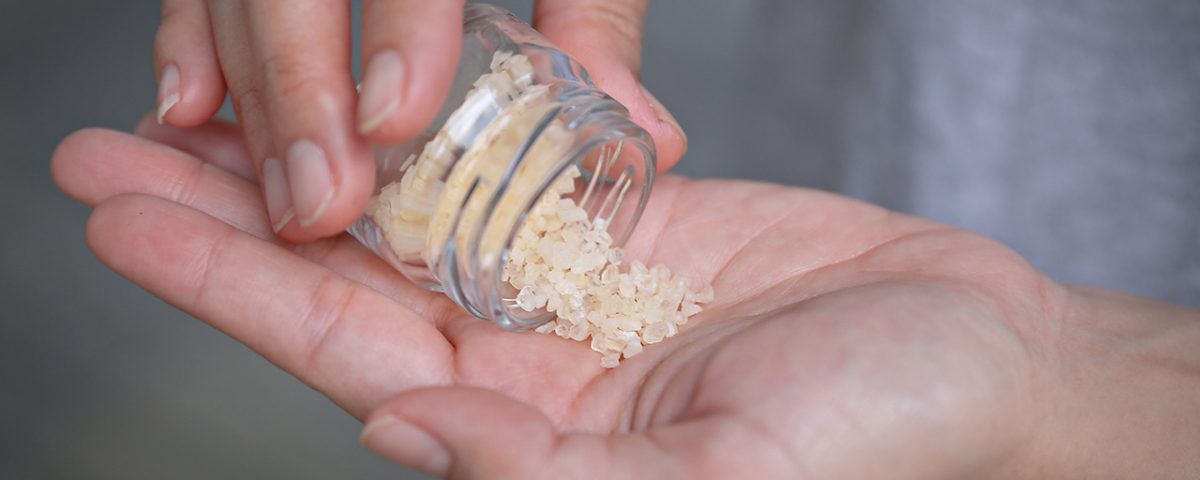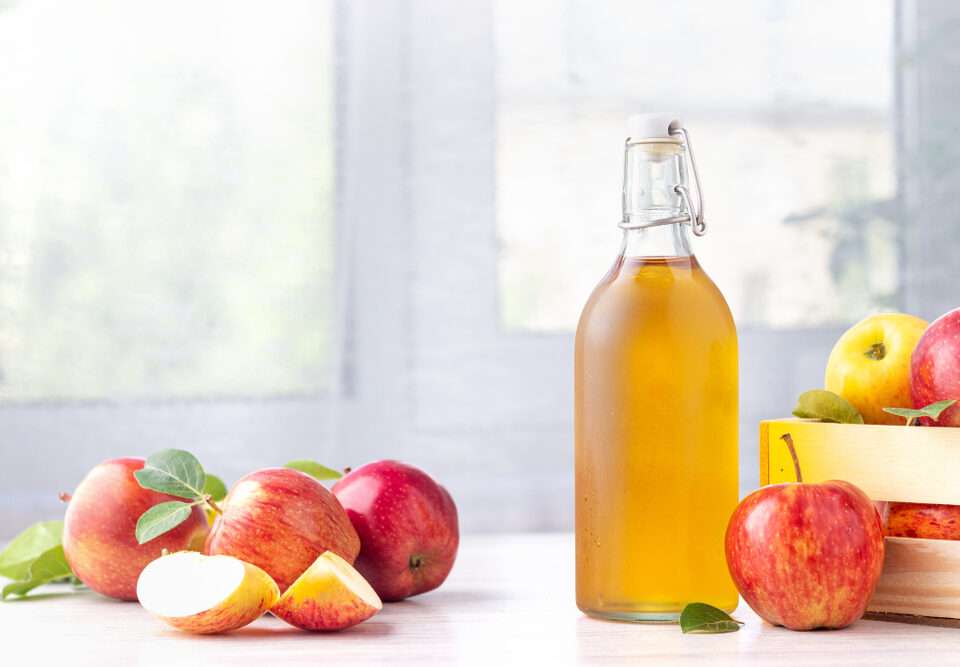Synthetic cathinone, or bath salts, are man-made stimulants that are chemically similar to cathinone, a substance found in the khat plant.
This plant is native to East Africa and Southern Arabia, where some people chew it for its stimulating side effects. Over time, more and more variations of cathinone have been created in labs and sold under various names, including a particular one called “monkey dust.” The synthetic cathinone can be much stronger than the natural product found in the khat plant. A lot of people have fallen into a “monkey see, monkey do, monkey dust” pattern. But what is this drug, and how does it work?
What Is Monkey Dust?
A drug called “monkey dust” is commonly used in the United Kingdom and Australia, especially in clubs, raves, and music festivals. Otherwise known as Zombie Dust, Cannibal Dust, and methylenedioxypyrovalerone (MDPV), monkey dust is a synthetic cathinone or type of bath salt that is chemically similar to a naturally occurring stimulant called cathinone. Synthetic cathinones are part of a drug class called new psychoactive substances (NPS). NPS are unregulated psychoactive substances that have no accepted medical use and are made to mimic the side effects of controlled substances. Synthetic cathinones or bath salts are often introduced and reintroduced into the drug market to avoid legal detection. Once a type of NPA is identified by law enforcement, a new one is quickly made to replace it.
Synthetic cathinones are generally used because they mimic the effects of other controlled substances that may be more difficult or expensive to obtain. These drugs are also marketed as cheaper substances for stimulants like amphetamine, cocaine, and methamphetamine. Synthetic cathinones similar to monkey dust are also used as cutting agents or additives in other psychoactive drugs like Molly to intensify their side effects. Although monkey dust is more common in the United Kingdom and Australia, all kinds of synthetic cathinones are sold and abused in the United States every day. Those who are addicted to these drugs increase their risk of overdose and other health problems when they receive PHP treatment.
What Is Monkey Dust Made From?
The main ingredient of monkey dust is methylenedioxypyrovalerone (MDPV). MDPV is a designer drug from the phenethylamine class that’s structurally related to cathinone and other commonly abused stimulants like MDMA and methamphetamine. Monkey dust acts as a central nervous system to produce hallucinogenic side effects. MDPV is not approved for medical use in the U.S. It’s often sold and labeled as “bath salts,” “plant food,” jewelry cleaner,” or “research chemicals” on the internet and at local retail shops. In addition to MDPV, monkey dust may also contain numerous other chemicals or additives that can be harmful to the mind and body.
Monkey Dust Drug Side Effects
Monkey dust works by binding to dopamine, norepinephrine, and serotonin transporters to inhibit or block the uptake of these chemicals in the brain. Similar to cocaine or meth, monkey dust has been shown to inhibit the uptake of dopamine and norepinephrine, flooding the brain with these drugs. Some common side effects of monkey dust that may occur can include:
- Increased empathy
- Stimulation or increased energy
- Increased alertness
- Euphoria
- Increased awareness of the senses (brighter colors and louder sounds)
- Tachycardia (rapid heart rate)
- Hypertension (high blood pressure)
- Vasoconstriction (narrowing of the blood vessels)
- Excessive sweating
- Panic attack
- Paranoia and anxiety
Monkey dust effects also include addiction, especially as a result of long-term use, and those who use this drug for long periods or repeatedly may experience MDPV drug effects like psychosis, cravings, and physical dependence. The side effects of monkey dust usually last for about two to three hours, whereas these adverse effects may last for six to eight hours. The duration and severity of these symptoms depend on the dose taken. The average dose of MDPV or monkey dust is 25 milligrams (mg), but designer drug users often take several doses in one period.
The use of designer drugs often exposes users to other types of drugs, encouraging self-destructive behavior. Because monkey dust is similar to cocaine and meth, yet weaker, people who use it may turn to these alternatives for a more intense high. Moreover, designer drugs are often used in clubs, parties, or social settings where alcohol is accessible. As a result, drug users may mix the MDPV drug or other synthetic cathinones with alcohol to experience more powerful side effects.
Addiction is just one of the many repercussions of substance abuse. If you or someone you know is battling drug or alcohol use, today is the day to get help. Call Banyan Treatment Centers Chicago today at 888-280-4763 to speak to a team member about our levels of substance abuse treatment. We’re dedicated to the health, safety, and recovery of our patients. We can help you or a loved one through this. .
Related Readings:









